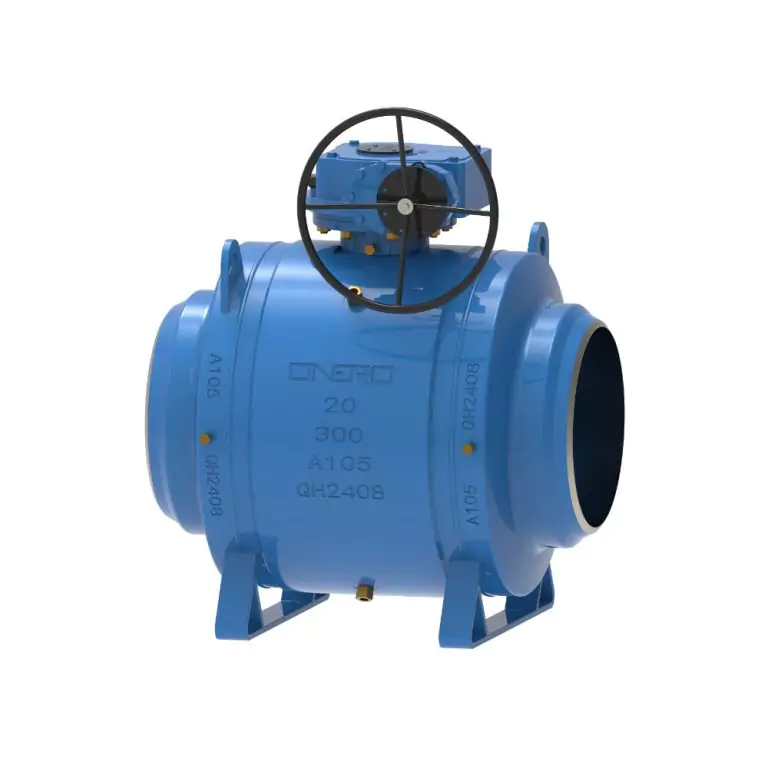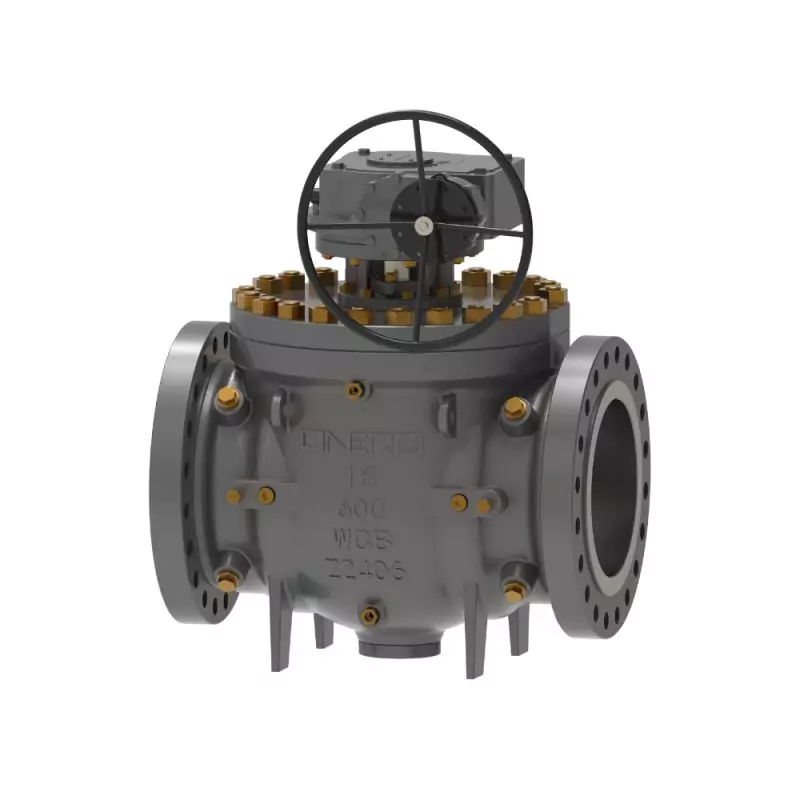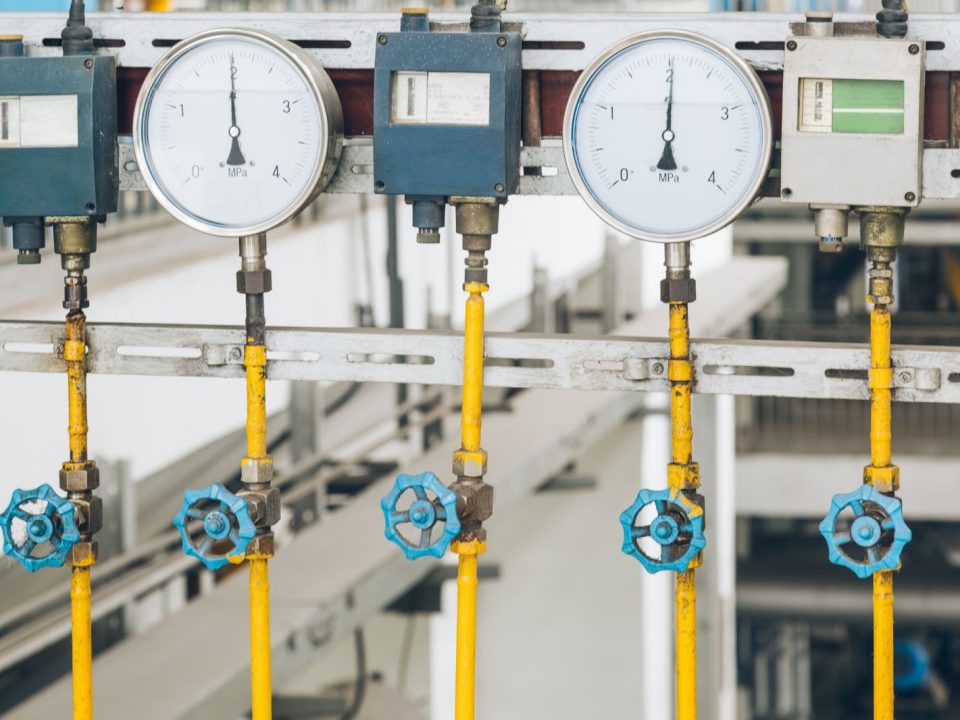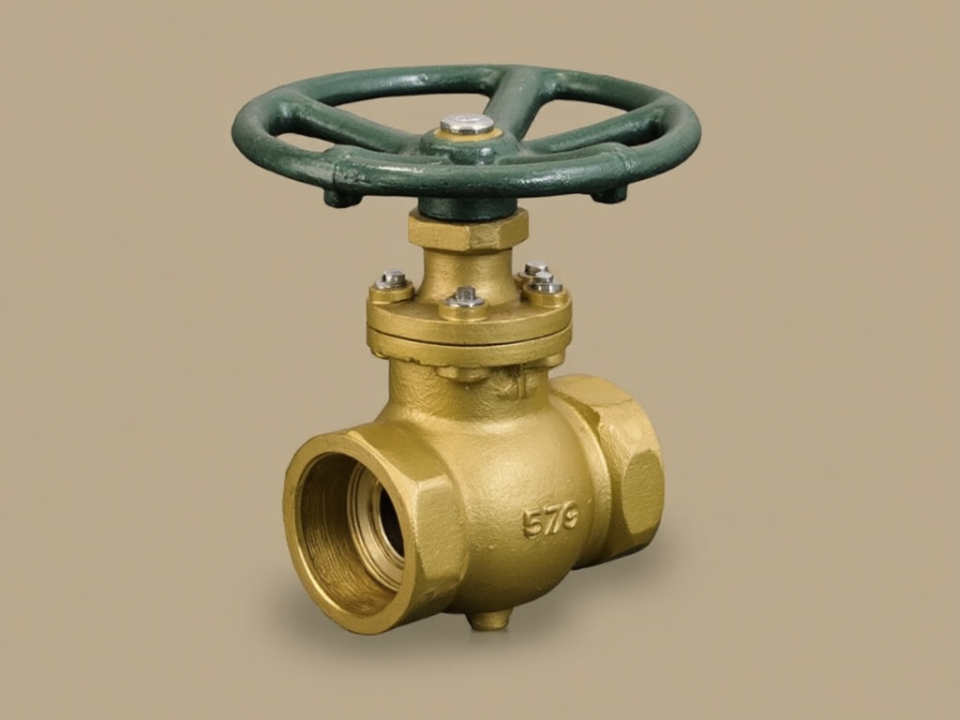Pipe size plays a crucial role in industrial ball valve selection. Choosing the correct pipe size ensures proper flow rate, system efficiency, and longevity of the piping network. An incorrect pipe size can lead to pressure loss, leaks, or system failure. Understanding how pipe size is measured and classified helps engineers, manufacturers, and buyers make informed decisions.
Understanding Nominal Pipe Size (NPS) and Its Variations
Nominal Pipe Size (NPS) is a standard for measuring pipes in North America. It represents the approximate internal diameter of a pipe but does not reflect the exact measurement.
For metric systems, the equivalent term is Diameter Nominal (DN), which is expressed in millimeters. DN and NPS do not always match exactly, making conversion charts essential when selecting industrial ball valves.
Key Pipe Measurements
- Pipe Diameter – The total width of a pipe, which includes both Pipe ID (Inside Diameter) and Pipe OD (Outside Diameter).
- Pipe ID (Inside Diameter) – The actual internal width of a pipe that determines fluid flow.
- Pipe OD (Outside Diameter) – The total width of a pipe, including its wall thickness.
- Wall Thickness (Schedule Number) – A classification that defines the thickness of the pipe’s wall, affecting its pressure capacity.
How to Measure Pipe Size Accurately
Accurate pipe size measurement ensures proper valve compatibility and system efficiency. Follow these steps:
- Determine Pipe OD: Use a caliper or micrometer to measure the outside diameter (OD) of the pipe. Ensure accuracy by measuring at multiple points.
- Measure Pipe ID: If the pipe is open-ended, use calipers to measure the inside diameter (ID) directly. If not, use the OD and wall thickness to calculate ID: ID = OD – 2(Wall Thickness).
- Verify Wall Thickness: Use a pipe thickness gauge or reference standard pipe schedule charts (e.g., SCH 40, SCH 80) to identify wall thickness.
- Use a Pipe Size Chart: Compare the OD, ID, and wall thickness with an industry-standard pipe size chart to find the corresponding nominal pipe size (NPS) or diameter nominal (DN).
- Check Fitting Requirements: Ensure the selected pipe size matches the connection type and required pressure rating for the application.
Using a pipe size chart simplifies selection, ensuring the correct fit for industrial ball valves.
Common Pipe Sizes and Conversion Chart
| Nominal Pipe Size (NPS) | Outside Diameter (OD) (in.) | Inside Diameter (ID) (in.) |
| 1/2″ | 0.84″ | 0.62″ |
| 1″ | 1.32″ | 1.05″ |
| 2″ | 2.38″ | 2.07″ |
| 4″ | 4.50″ | 4.03″ |
| 6″ | 6.63″ | 6.07″ |
This chart simplifies pipe ID and OD calculations, making it easier to match the correct ball valve size.
Pipe Size Selection for Industrial Ball Valves
Selecting the right ball valve depends on understanding how pipe size influences system performance. Consider these critical factors:
1. Flow Capacity and Efficiency
A full port ball valve has a bore diameter equal to the nominal pipe size (NPS), allowing unrestricted flow and minimal pressure drop. This design is ideal for high-flow applications, such as gas and liquid transportation. A standard port valve, with a smaller bore, is suitable for applications requiring moderate flow regulation while saving space and cost.
2. Pressure and Temperature Compatibility
Pipes with higher pipe wall thickness (schedule rating) handle greater pressure loads. Ensure the pipe ID (inside diameter) matches the valve’s flow capacity while considering the pipe OD (outside diameter) for fitting. Industrial ball valves must meet ANSI, ASME, or API pressure class standards to prevent system failures under extreme conditions.
3. Pipe Connection Types and Material Selection
Ball valves come with different connection types, including threaded, flanged, welded, and compression fittings. The choice depends on the application’s pressure rating and maintenance needs. Threaded connections work best for small-diameter piping systems, while flanged connections ensure a secure, leak-free assembly in larger pipelines. Material compatibility is equally vital—stainless steel, brass, and carbon steel are common choices, each suited for different industrial environments.
FAQs
What is the difference between NPS and DN?
NPS (Nominal Pipe Size) is used in North America and measured in inches, while DN (Diameter Nominal) is the metric equivalent measured in millimeters.
How do I determine the right pipe size for a ball valve?
Measure the outside diameter, refer to a pipe size chart, and select a valve that matches the pipe’s ID for optimal flow.
Why is pipe wall thickness important?
Wall thickness affects the pressure rating and durability of the pipe, ensuring it withstands system demands.
Onero Valve: Your Trusted Partner in Industrial Ball Valves
Onero Valve is a leading manufacturer of high-performance ball valves designed for industrial applications. With ISO9001 and API6D certifications, Onero offers a diverse range of floating, trunnion, and fully welded ball valves tailored for various pipe sizes and pressure ratings. Our expertise in precision engineering and strict quality control ensures long-lasting, reliable valve solutions for any industry.
For premium industrial ball valves built to the highest standards, trust Onero Valve – delivering excellence since 1986. Contact us today to find the right valve for your needs!
Meta Description:






